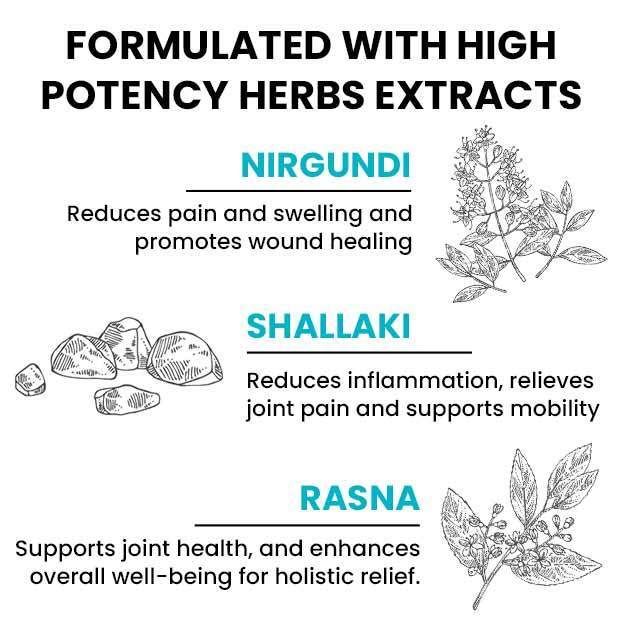Knee problems occur due to a trauma to the knee or health conditions affecting bones, cartilages, tendons, muscles and ligaments that form the knee joint. These problems are not limited to any age group and can occur in children as well as adults, however they are most commonly seen in the elderly. The most common symptom of knee conditions is knee pain and restricted mobility of the knee joint.
If you have knee pain, you should consult an orthopaedic doctor to get it checked thoroughly. Your doctor may order some diagnostic tests, if needed, after performing a physical examination. However, the treatment of knee problems is based on its cause.
Arthritis is a wear and tear disorder resulting in pain and stiffness of the knee joint and is frequently seen in adults. Rheumatoid arthritis and gout are other common problems of the knee joint. Athletes like runners, cyclists, soccer players and skiers suffer from cartilage disorders, which cause dull pain around the knee that worsens on walking downstairs or downhill. Also, injury to the ligaments, the meniscus that forms a cushion between the femur and tibia, or tendons of the knee joint results in knee pain and altered mobility of the joint.
Knee pain is treated conventionally with the help of anti-inflammatory medicines like ibuprofen or local injection of steroid along with physiotherapy. Owing to the side effects of modern medicine, patients these days tend to opt for alternative treatments such as homeopathy.
Several homeopathic remedies are given for the treatment of the underlying causes of knee pain. For example, arnica montana alone is used in acute injury, and in chronic cases, it is accompanied by rhus toxicodendron. Other homeopathic medicines like bryonia alba and ledum palustre are prescribed to patients with painful joints and rhododendron is given to those who suffer from joint pain due to cold weather. Similarly, causticum is generally prescribed for relieving stiffness of joints.






















